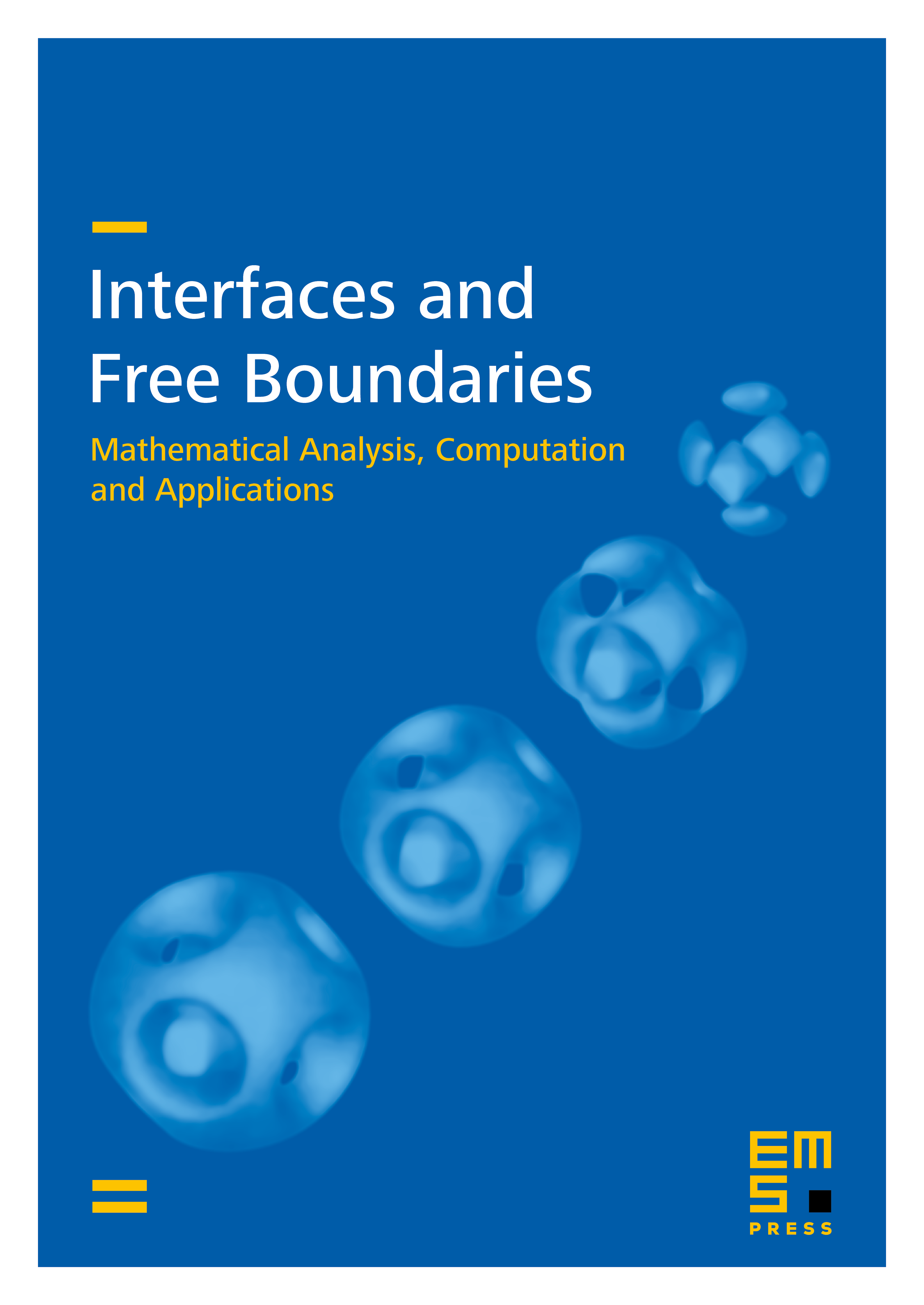Dual formulations in critical state problems
John W. Barrett
Imperial College London, United KingdomLeonid Prigozhin
Ben Gurion University of the Negev, Beer-Sheba, Israel

Abstract
Similar evolutionary variational inequalities appear as convenient formulations for continuous models for sandpile growth, magnetization of type-II superconductors, and evolution of some other dissipative systems characterized by the multiplicity of metastable states, long-range interactions, avalanches, and hysteresis. The origin of this similarity is that these are quasistationary models in which the multiplicity of metastable states is a consequence of a unilateral condition of equilibrium (critical-state constraint). Existing variational formulations for critical-state models of sandpiles and superconductors are convenient for modelling only the “primary” variables (evolving pile shape and magnetic field, respectively). The conjugate variables (the surface sand flux and the electric field) are also of interest in various applications. Here we derive dual variational formulations, which have some similarities to mixed variational inequalities in plasticity, for the sandpile and superconductor models. We then approximate them by fully practical finite element methods based on the lowest order Raviart–Thomas element. We prove convergence of these approximations, and hence existence of a solution, to these dual formulations. Finally we present some numerical experiments.
Cite this article
John W. Barrett, Leonid Prigozhin, Dual formulations in critical state problems. Interfaces Free Bound. 8 (2006), no. 3, pp. 349–370
DOI 10.4171/IFB/147